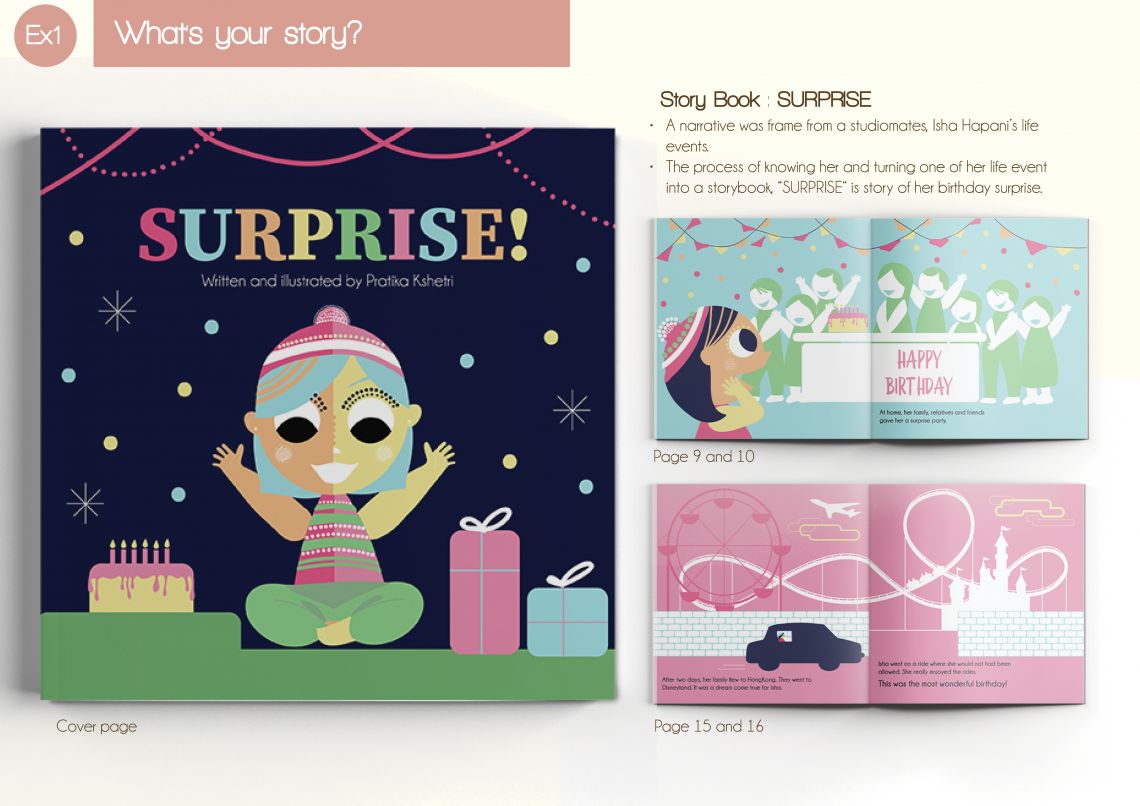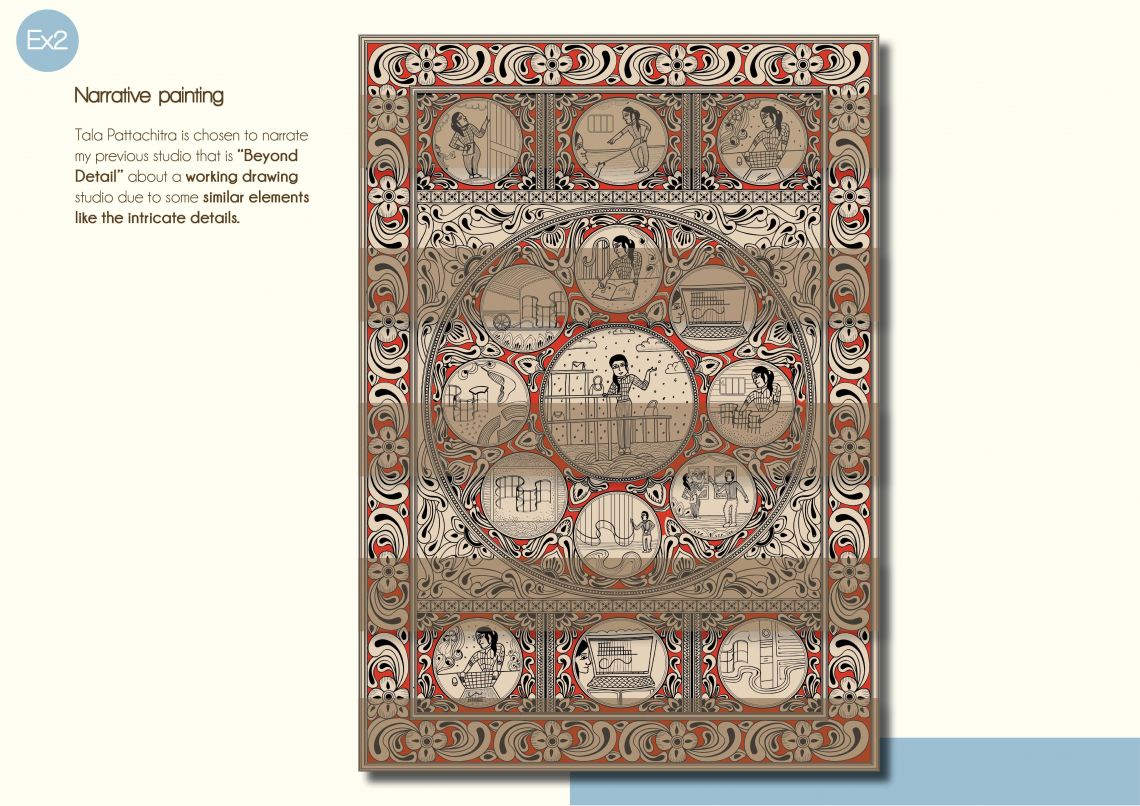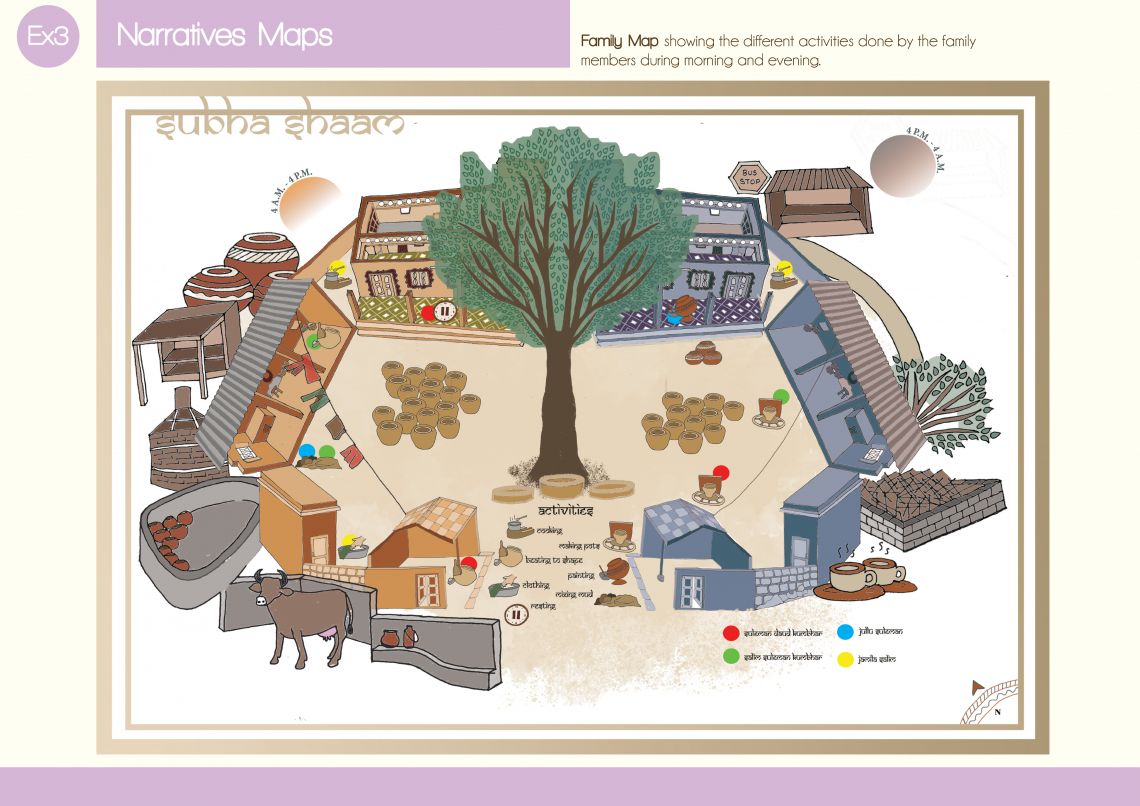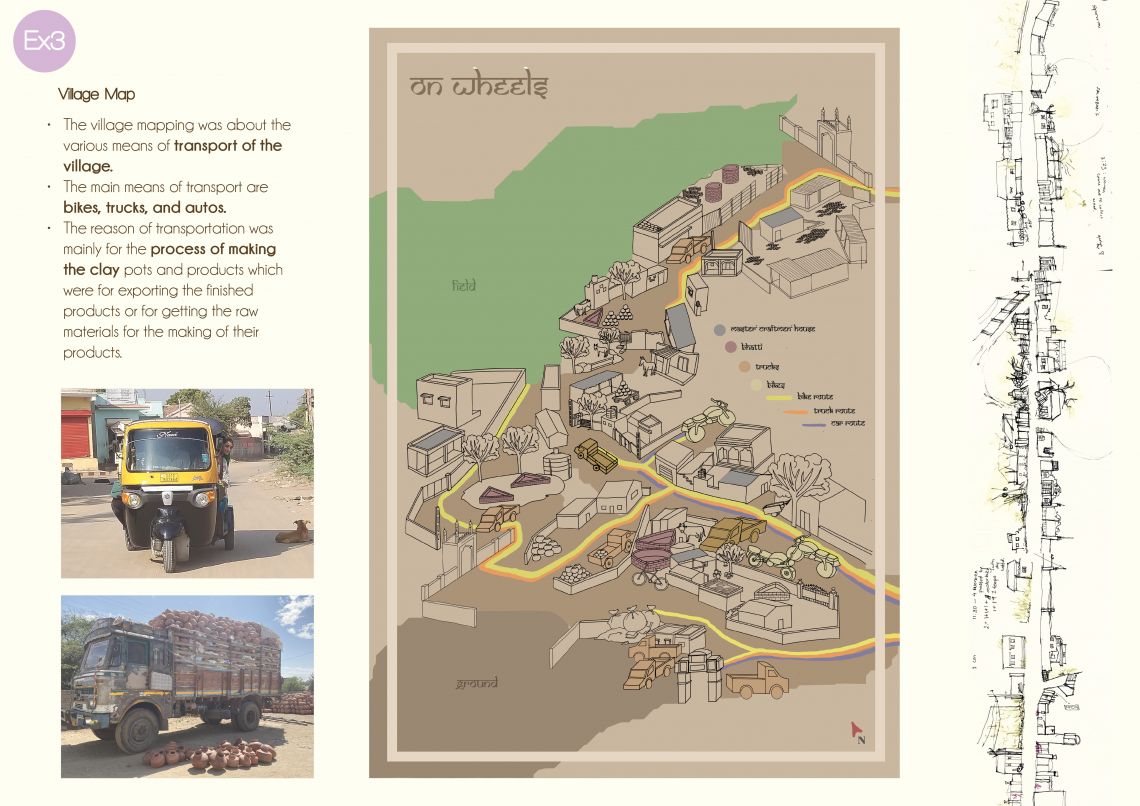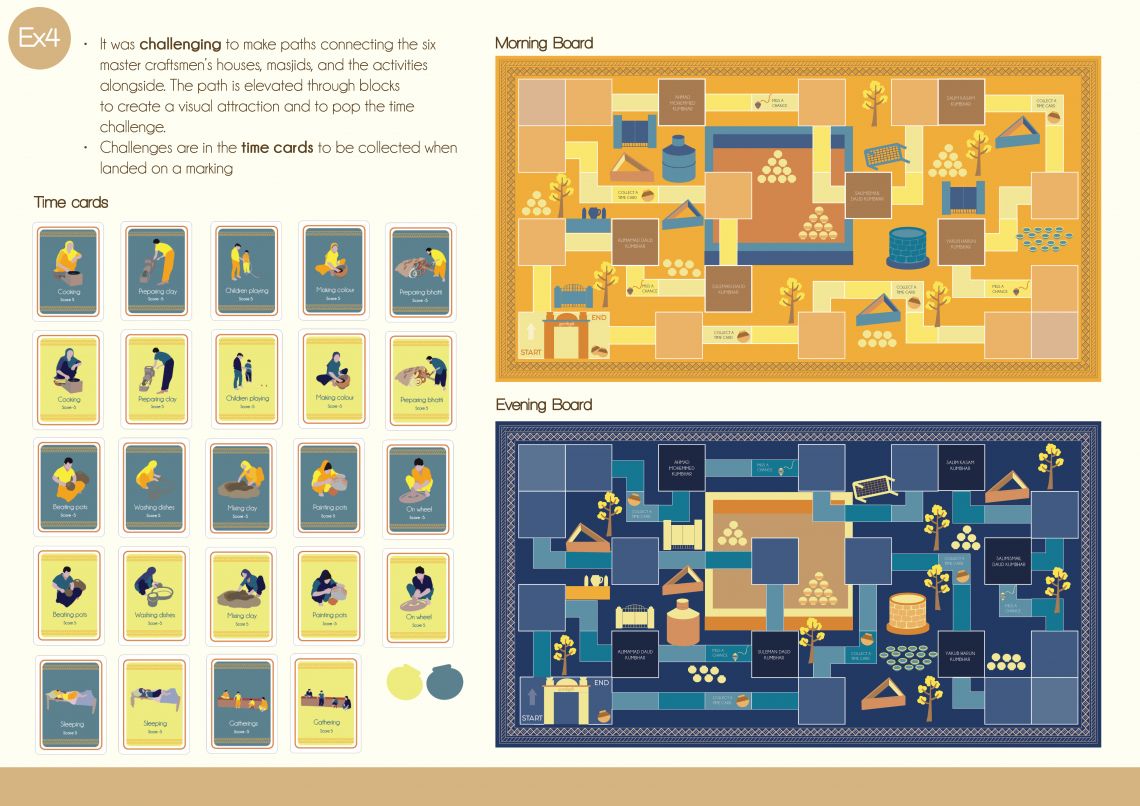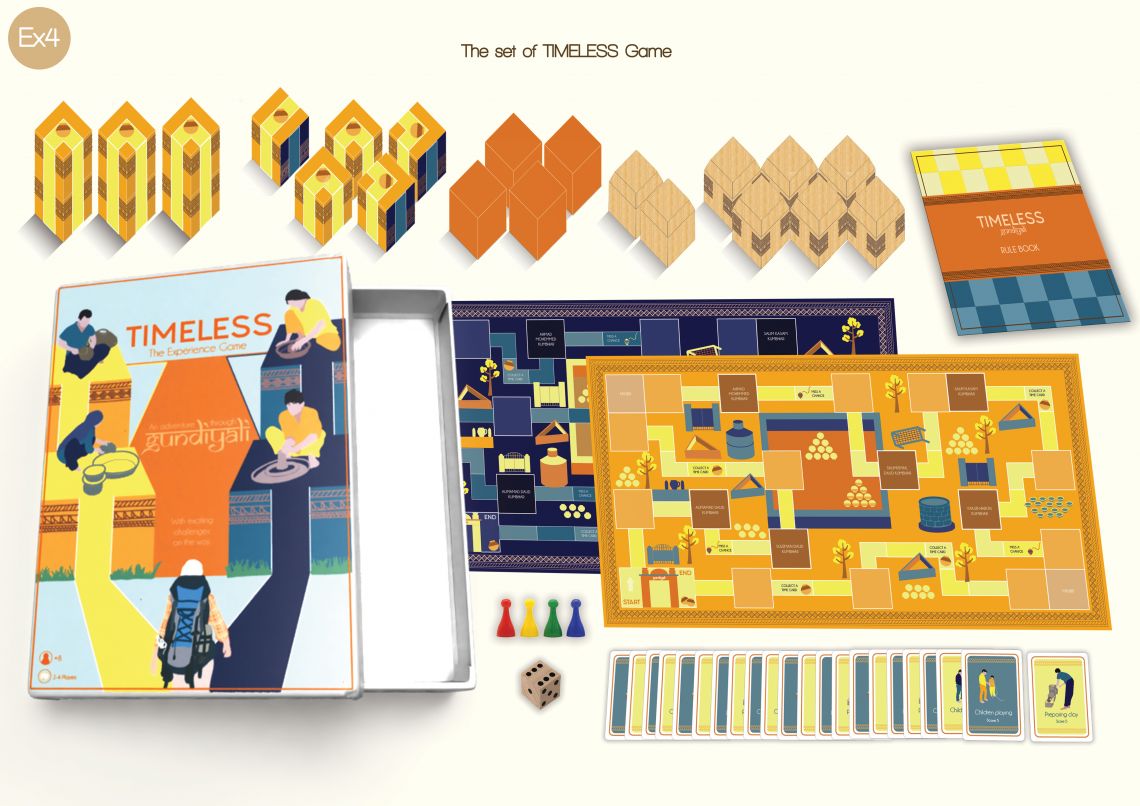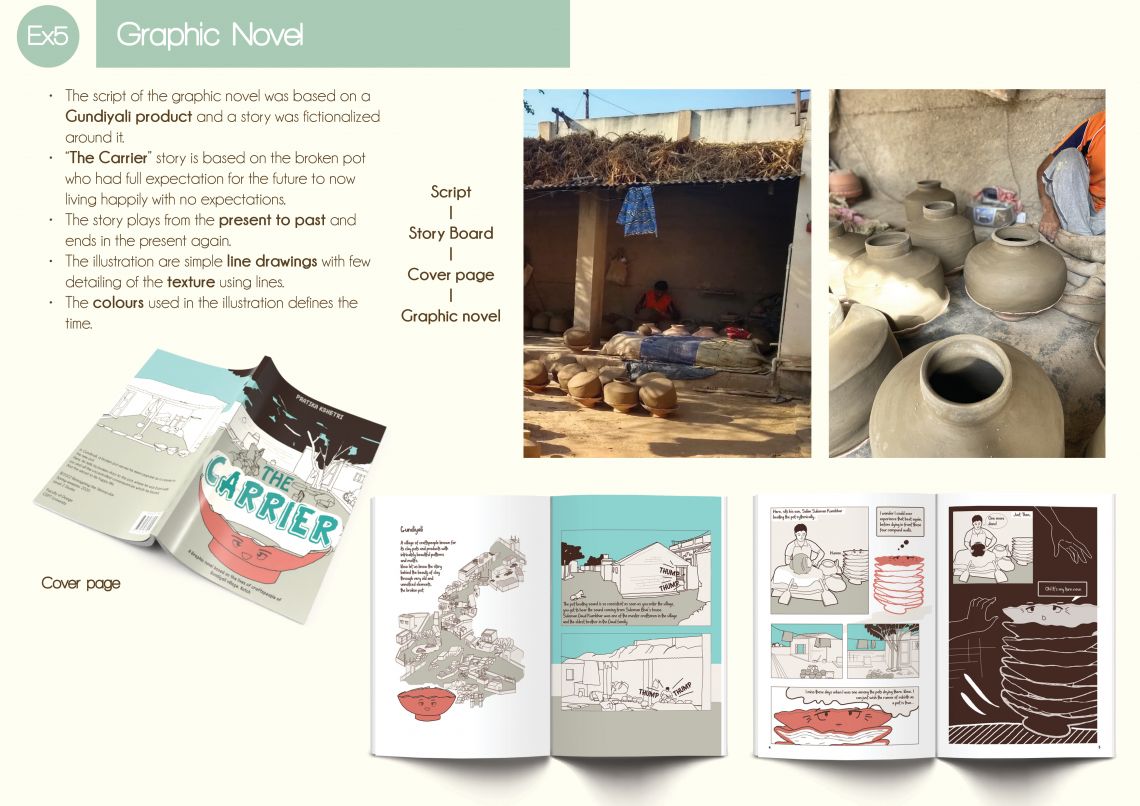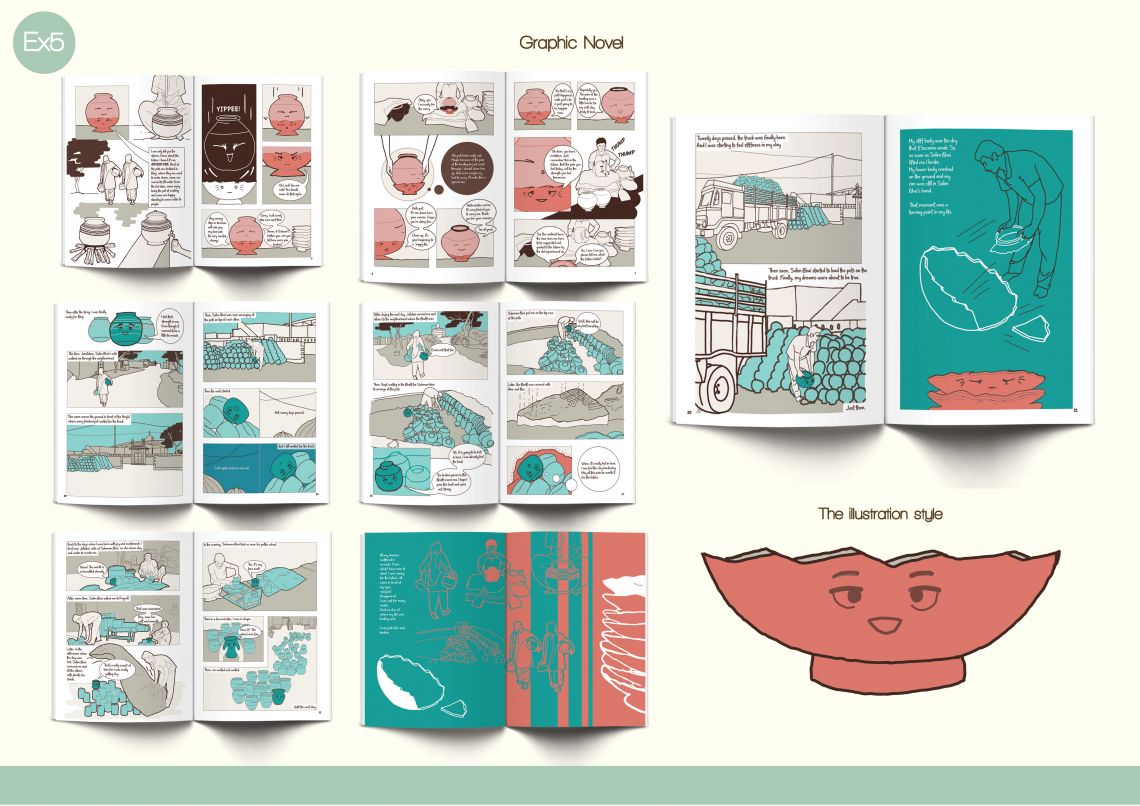Your browser is out-of-date!
For a richer surfing experience on our website, please update your browser. Update my browser now!
For a richer surfing experience on our website, please update your browser. Update my browser now!
Narration is the art of storytelling that can be done in various forms. Here are some different narratives on a few themes drawn in some forms like a storybook, narrative crafts, maps, games, and a graphic novel. Each of them has a different approach and graphics of representation. In exercise 1, link to flip through the storybook: https://www.flipsnack.com/9FE8A9E569B/surprise-ftmqbj9cb.html
In exercise 4, link to flip through the rule book of the game: https://www.flipsnack.com/9FE8A9E569B/timeless-rule-book.html
In exercise 5, link to flip through the graphic novel: https://www.flipsnack.com/9FE8A9E569B/the-carrier.html
